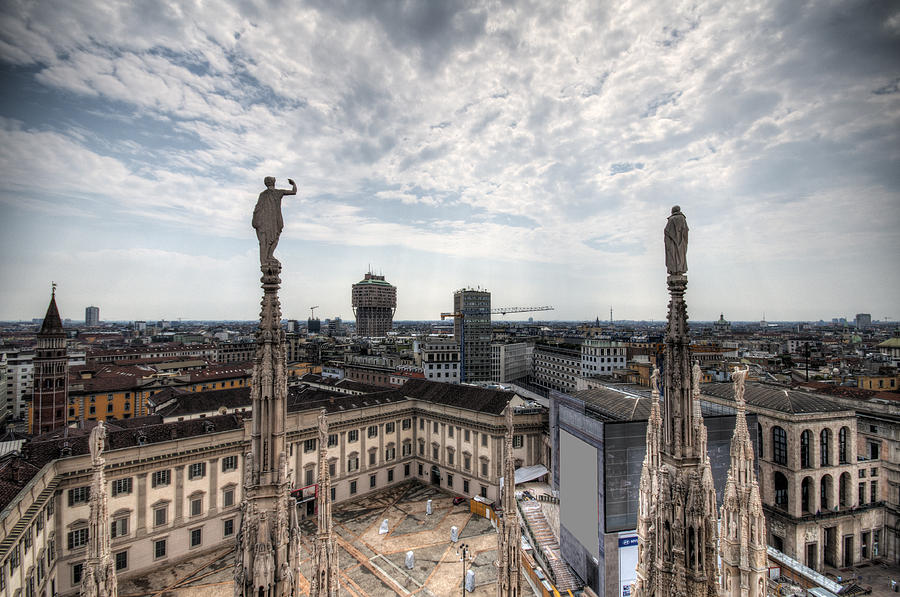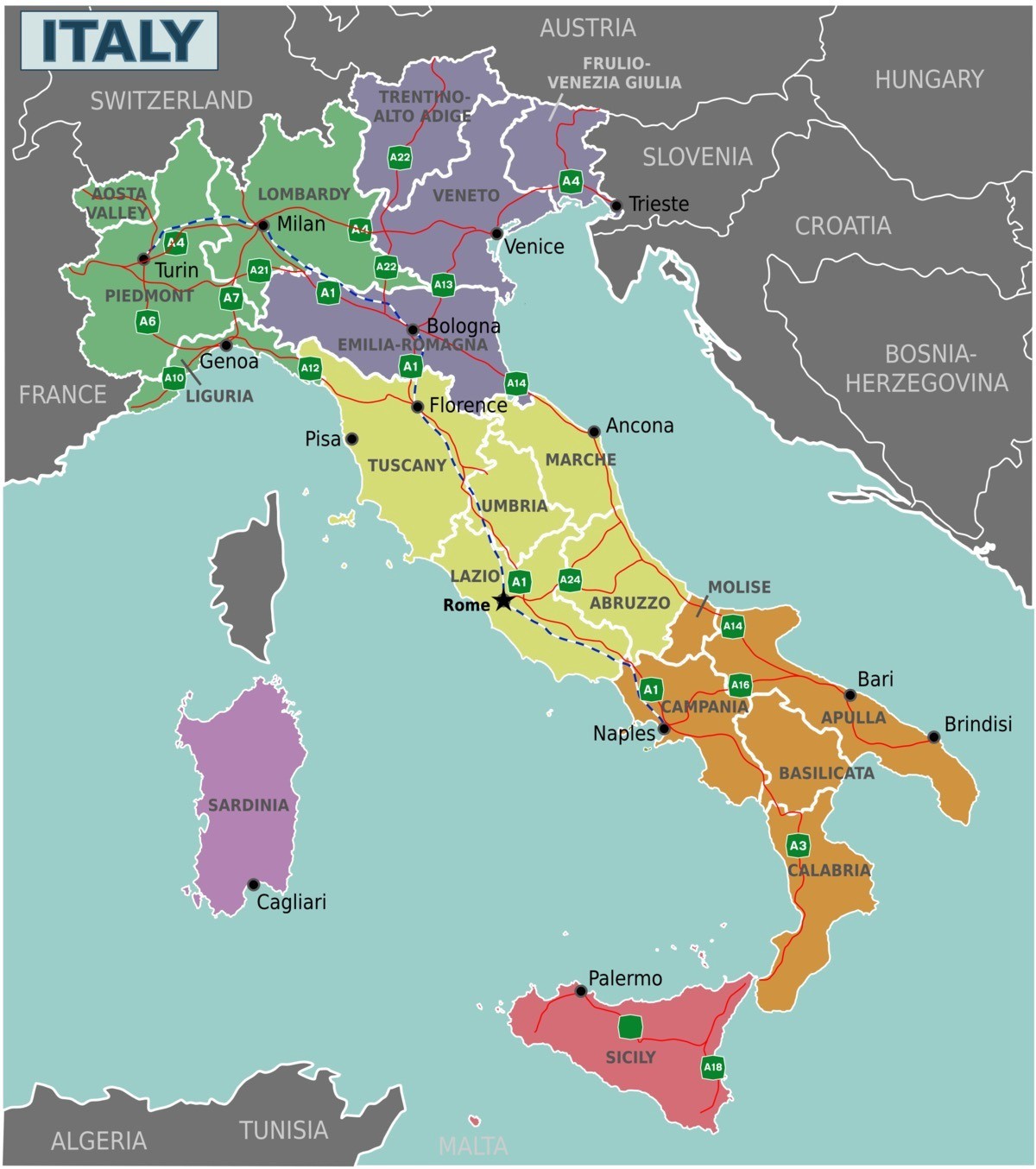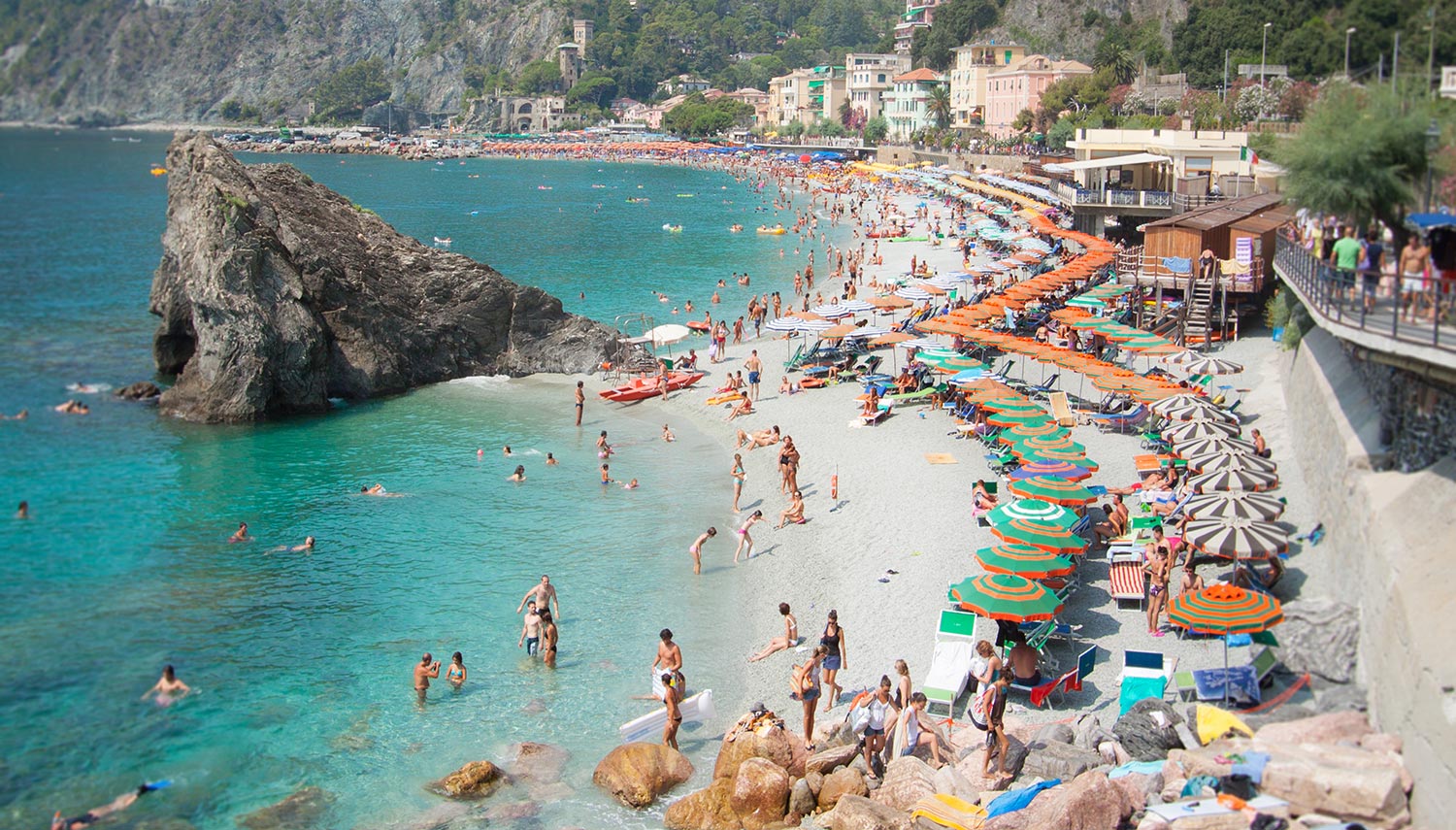A century ago, Italy was an epicenter of crime, disease and illiteracy. So much so, that the largest wave of peacetime migration happened around the turn of the century. Overall, more than 10 million fled their home country. A group of young Italians saw the symptoms and formed a social and artistic movement called Futurism. Their leader envisioned…
[A]n Italy that is intensely agrarian, industrialized, and commercialized, powerful and domineering, first among other nations, not because of its past, which is dead and buried, but by virtue of the strength of its creative genius. 1F. T. Marinetti: Critical Writings, trans. Doug Thompson, ed. Günter Berghaus (New York: Farrar, Straus and Giroux, 2006), 240.
Why was Italy lagging behind the rest of the West? Why nationalism reached Italy almost three centuries after it became the norm in Europe? Why industrialization arrived only around the turn of the 20th century? All that might seem like something from the distant history but even today one could argue that modernization is not complete in Italy:
[S]o many aspects of its social life contrast with its advanced economic status. For example, Italy ranks thirty-fifth among 133 countries in the 2003 Corruption Perceptions Index. It is also home to the mafia. Italian governments are among the world’s least stable, having changed fifty-seven times in the last fifty-seven years. The world’s five hundred largest corporations include only twelve Italian firms. (Developing Cultures)
Several theories have been presented to explain why Italy had historically difficult time keeping up with the developed world:
1. The Catholic Church:
One potential theory is that the Catholic Church is behind the slow modernization of Italy. The Catholic Church was opposed to the unified national government of 1870. The new government did not receive recognition or respect, within Italy or internationally. Catholic voters were banned from voting. Only in 1929, the Church considered the government legitimate. That happened after the Italian state struck a deal with the Church to turn it into a sovereign state, right in the heart of Rome! Socially for most of the 19th and 20th centuries, the Church held supreme power over the people, particularly outside the urban areas. The anti-modernization stance of the Church likely fueled Italians’ resistance to change. Restrictions, throughout the last century, on social policies such as those pertaining to marriage, women’s rights and family planning reflect the Catholic influence.
2. The north–south divide:
The southern is economically backwards compared to the north, which could be the reason why its people feel left behind. They have less trust in state institutions and the rule of law. That division goes back centuries to the south being feudal states ruled as kingdoms unlike the thriving city-states of the north. Some writers speculate that the proximity to European economic giants helped northern Italy. Meanwhile the end of the Mediterranean trade impoverished the smaller states of the south. Other explanations for southern poverty included the shortage of cultivatable land or its lack of natural resources such as coal and iron required for industrialization.
3. The climate:
This theory has the least merit. It goes like this: Perhaps the lax Mediterranean culture did not provide a fertile soil for the fierce competition that capitalism required over the last century. That was a theory propagated by one of the most important French writers, Germaine de Staël, who was herself influenced by the ideas of the French philosopher Montesquieu. She believed that the climate was one of the major reasons a northern European culture and literature (England, Germany and Scandinavia) developed differently from the southern culture (Italy and Greece). She appreciated both but recommended that the south adopts the culture of their northern neighbors who adapted to harsh climate making them more resilient, less traditional and more open to modernity. Her writings in regards to Italy could be summed up as follows:
[Modern Europe’s] main components are essentially a Northern European creation, in which Italy played little or no part, and that Italy lags so far behind the North because the spirit of its civilization is altogether out of tune with modernity. (The Empire of Stereotypes)
Those who challenge this popular theory, and there is many of them, refer to the fact that the warmest parts of Italy were prosperous, a few centuries ago. Also, not all cold countries are developed. Many East European countries are poor. Meanwhile, some hot climate countries are developed like Australia and Singapore.
It should be noted that, despite the challenges of Italy, social and political progress continues into the 21st century. Also the gap between the north and south is slowly closing.
You might also like:
‘Destroy museums!’–Why an Italian waged war against the past
Those who embraced state-sponsored iconoclasm as a fast track to modernization
ARTICLE: THE FUTURIST MANIFESTO

The Communist Manifesto in 35 historical photos
The book that inspired revolutions globally brought to life in 35 historical photos
BOOK: THE COMMUNIST MANIFESTO
Endnotes







